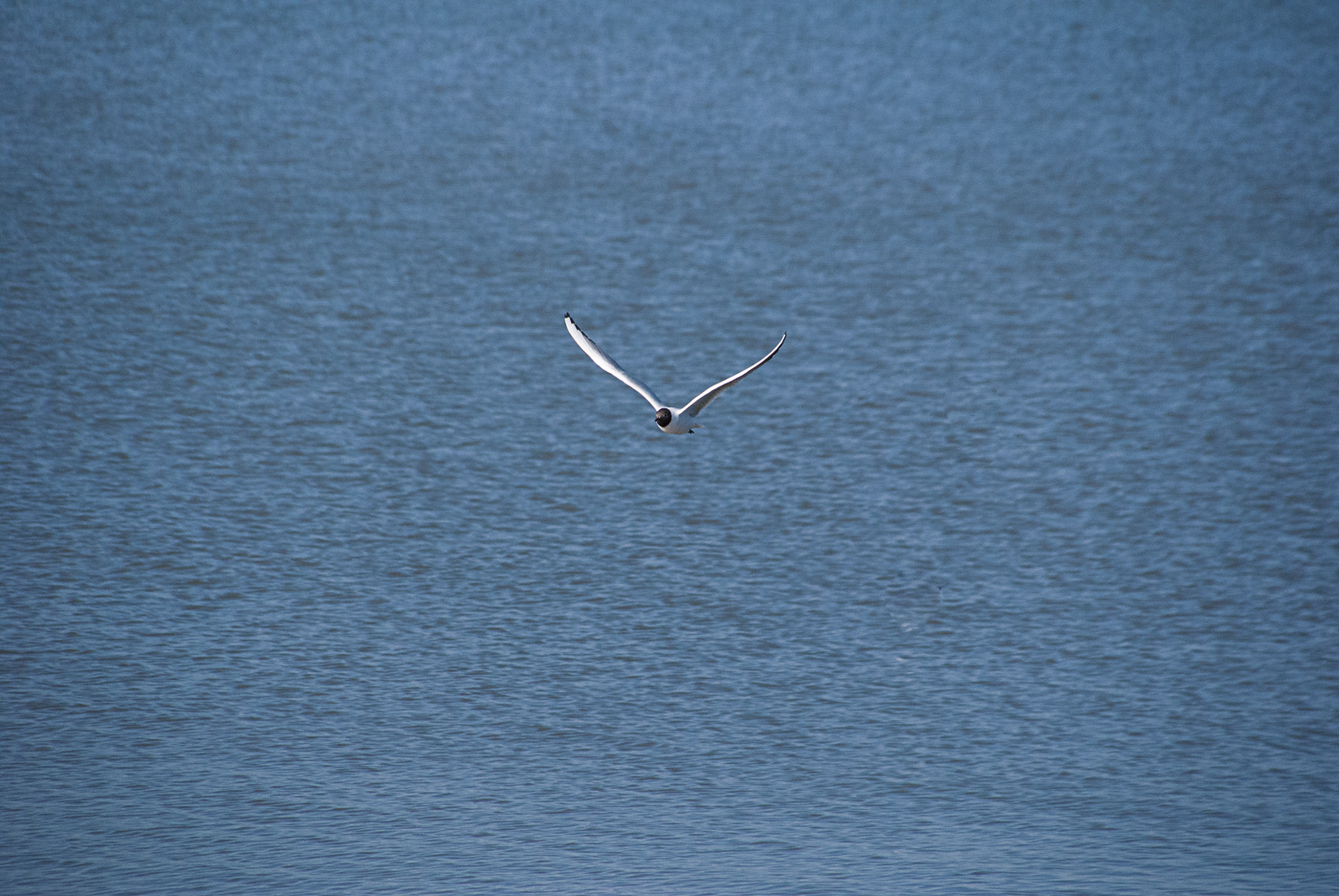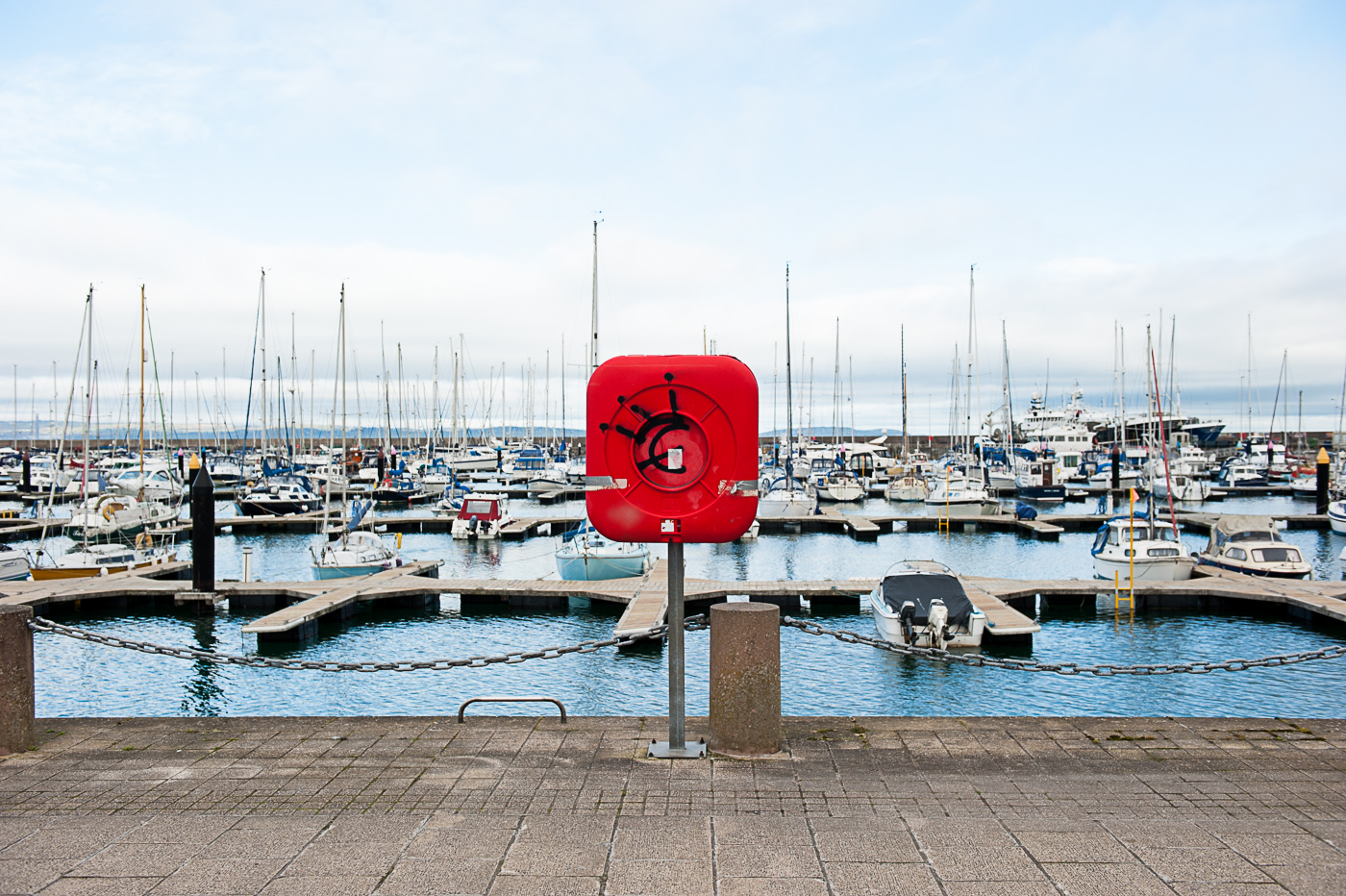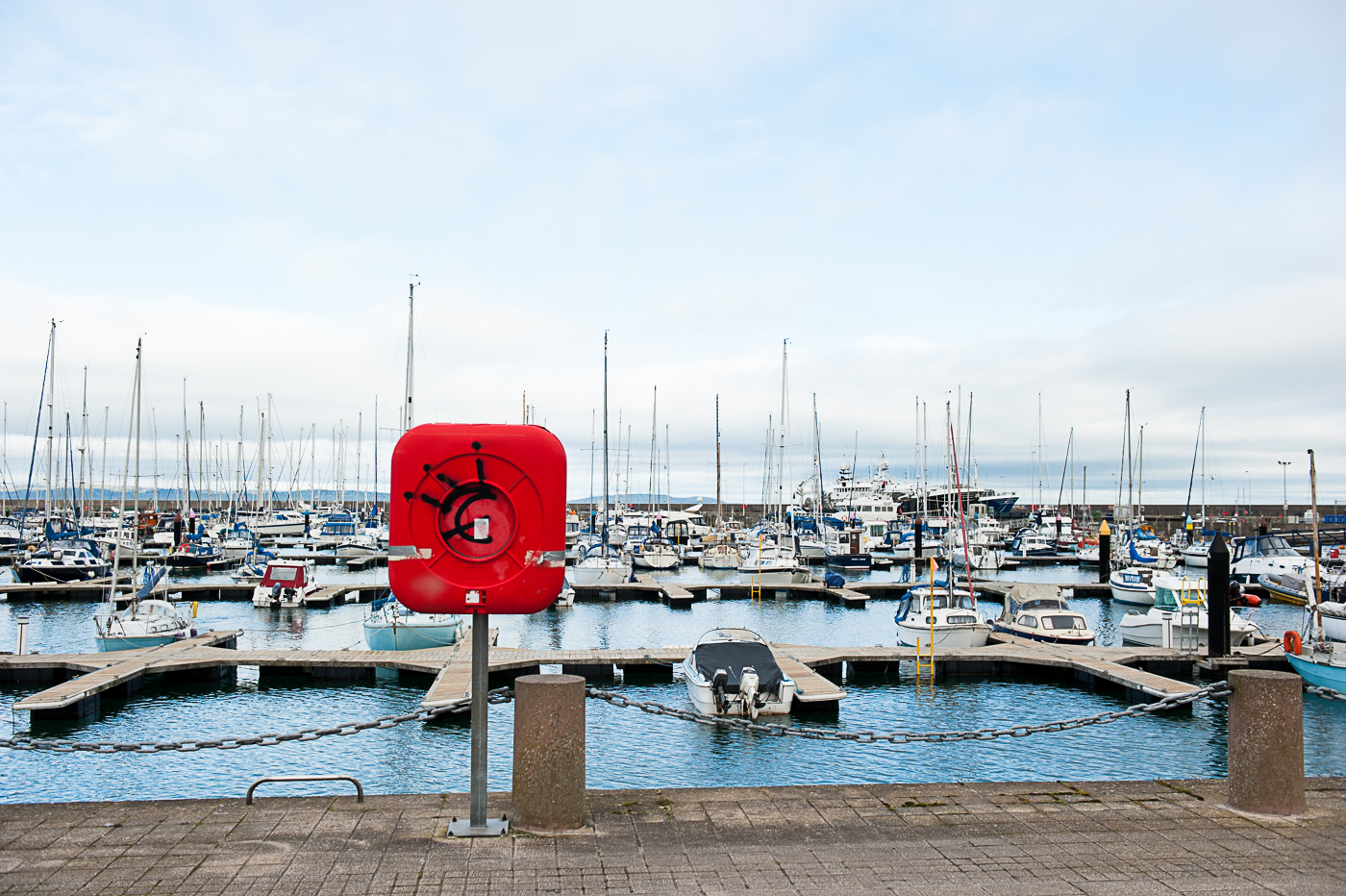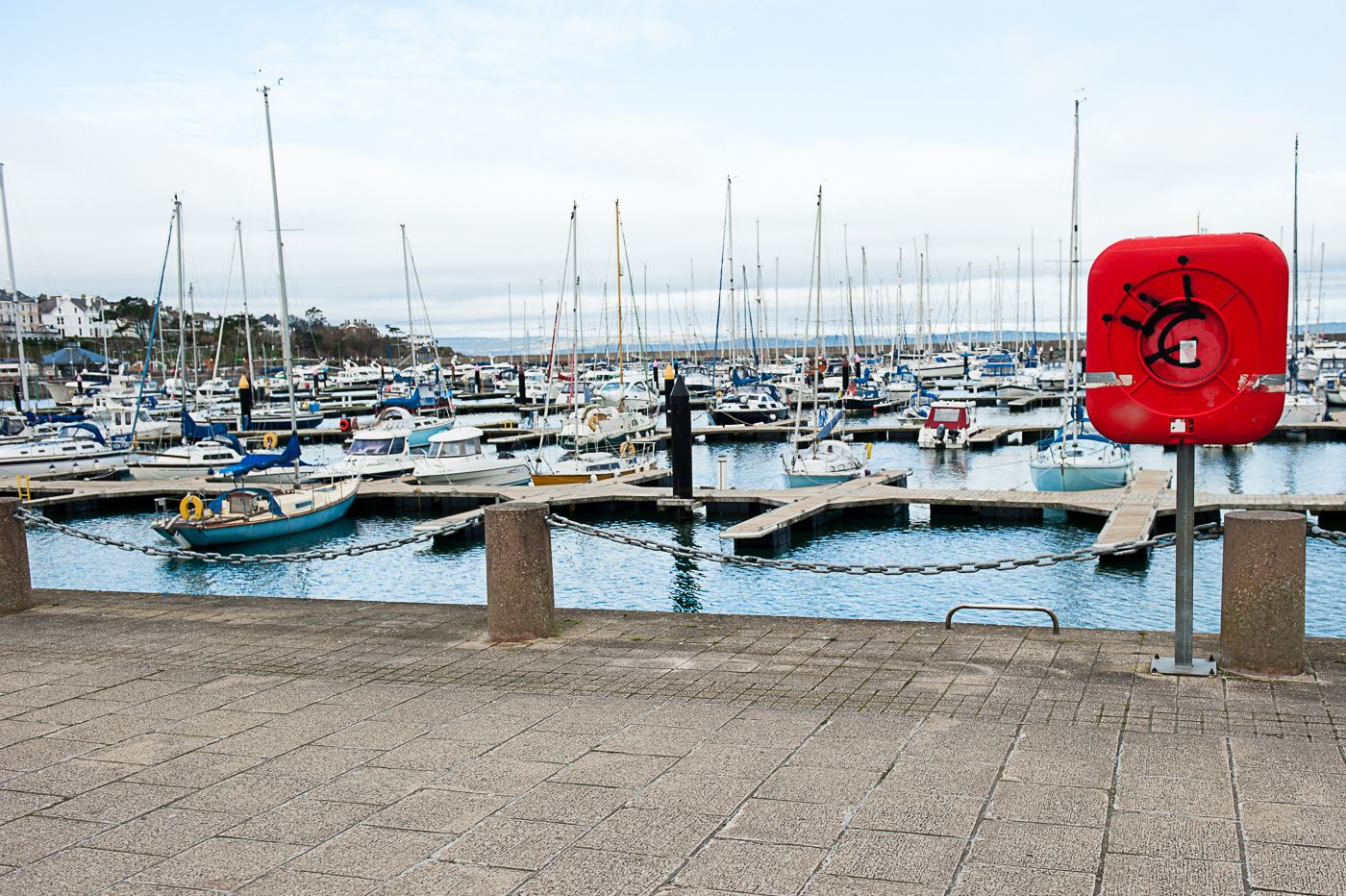What is a point? Freeman M : 2007 informs us that a point is the most basic of the design elements in photography. he goes on to say the point must be a very small part of the total Image but will highlight its own significances by contrasting with its setting in some way for instance by its colour or tone. In the photograph below the bird is an example of a point
In a photograph with a single point the main compositional question is where should that point be placed? ther are three possible placement zones and they are :-
- Dead centre - this is normally static and uninteresting and is the go-to composition for some picking up a camera for the first time
- Slightly off centre - in the photograph above the bird is slightly above the centre giving the photo a feel of lift and movement
- Close to the edge - this is definitely the most eccentric of the three and would require some justification elsewhere in the photograph to bring balance to the shot
These three placements are illustrated in the photographs below.
The life belt is very clearly the single point in the photograph as it meets the required characteristics of size and contrast. In the first photo the life is dead centre and because we have nice symmetry and rule of thirds going on it is not the most boring composition ever but by off setting from the centre as can be seen in the second shot we have added a little bit of tension and made the photo slightly more interesting. in the third image I have moved the life belt right to the edge of the frame and the photo no longer seems to make sense. there is no balance and the viewer is not receiving any communication as to what they should be looking at.
Reflection
This exercise seems quite simple on the face of it but in 6 years of taking photographs no-one has ever shared concept this with me. As I looked back through some of my old photos I was gratified to see that I had stepped away from "Central composition" quite early but this was through instinct rather than instruction. with all of the compositional exercises I realise that I am being taught to look at the world differently, in two dimension's through a frame. Shore S, 2007 identifies flatness as one of the attributes that make up the depictive level of a photograph. he states that "When three dimensional space is projected monocularly on to a plain, relationships are created that did not exist before the picture was taken." (Shore S, 2007: P42). It is these relationships that photographers can see and use to compose stunning images. I am quite literally seeing the world in a different way to the point where I am sourcing a small camera to carry with me to enable me to exploit and develop this new way of seeing.



